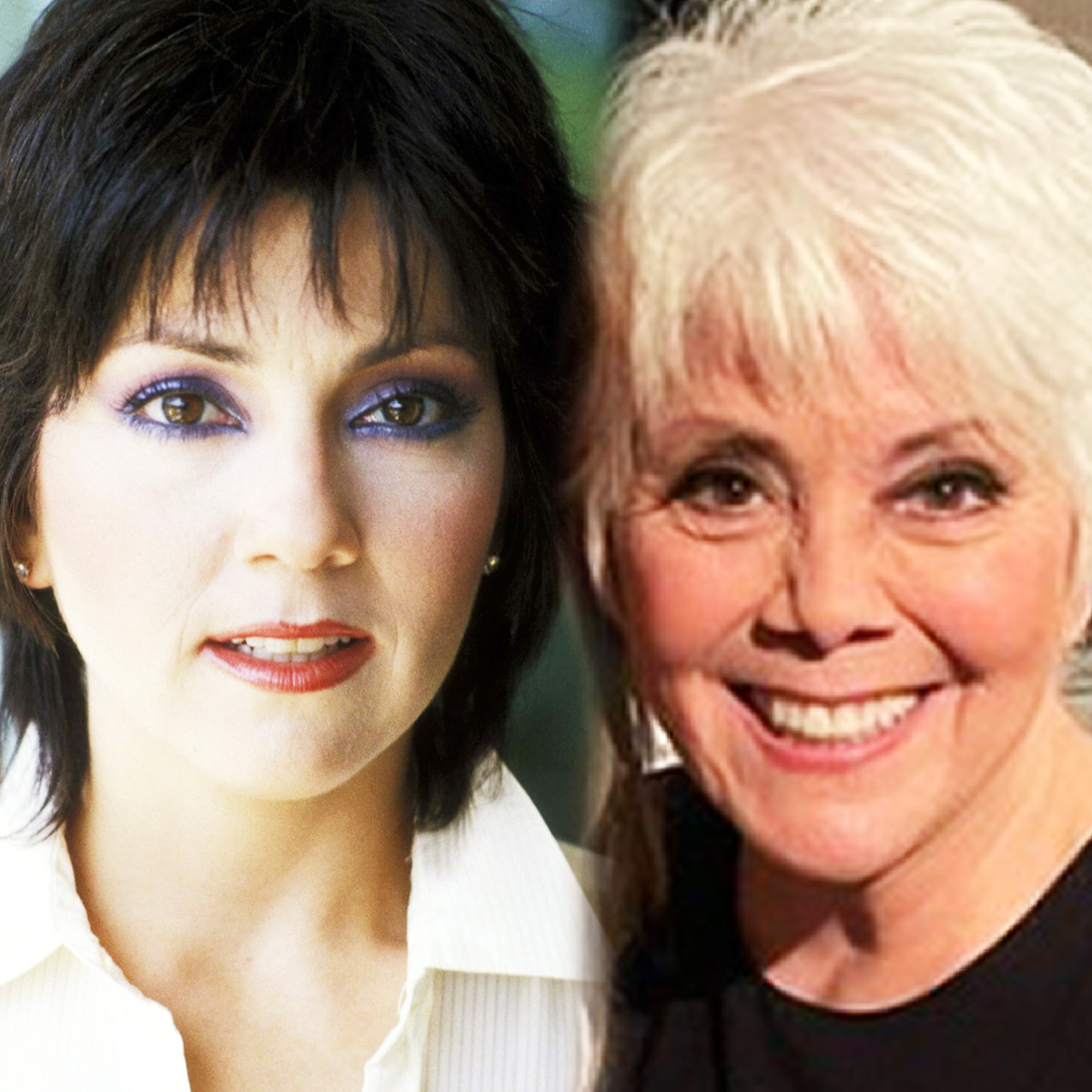
The True Story Behind Dolly Parton’s ‘Coat of Many Colors’ and Its Lasting Impact
Dolly Parton’s beloved ballad “Coat of Many Colors” isn’t just a country music classic—it’s a living memory wrapped in fabric, stitched with heartbreak, hope, and motherly love.
Written during a moment of reflection in 1969 while on tour with Porter Wagoner, Dolly jotted the now-iconic lyrics on the back of a dry cleaning receipt. That spontaneous moment would give birth to one of the most meaningful songs in American music history.

A Coat Made from Scraps, Stitched with Love
Growing up in the hills of eastern Tennessee, Dolly Parton knew the reality of poverty from a young age. Her family had little in terms of material wealth, but what they lacked in money, they made up for in love. One cold winter, Dolly’s mother lovingly crafted a coat for her out of a bundle of donated fabric scraps. Though the coat was made from rags, it carried far more than warmth — it carried meaning.
As she sewed, her mother told Dolly the biblical story of Joseph and his coat of many colors, offering not just a garment, but a lesson in pride, love, and faith. It was a reminder that true richness isn’t found in possessions, but in the love we give and receive.
“Although we had no money, I was rich as I could be. In my coat of many colors my momma made for me.”
Laughter at School — and a Deeper Strength
When Dolly proudly wore her handmade coat to school, she expected admiration. Instead, she was met with ridicule from classmates who couldn’t see past the fabric. But the laughter didn’t shake her. Rather than feeling ashamed, she held her head high — because she knew what they didn’t: every stitch of that coat was sewn with love, and that made it priceless.
That moment would stay with her forever — not as a memory of pain, but as the foundation for one of her most beloved songs, and a lifelong message about self-worth, family, and finding beauty in simplicity.

More Than a Melody: The Film That Brought Dolly’s Story to Life
In 2015, Coat of Many Colors found a new audience through a moving NBC television movie, executive produced by Dolly Parton herself. Starring Alyvia Alyn Lind as young Dolly, the film offered a powerful glimpse into her early life — marked by the heartbreak of losing a baby brother, the everyday challenges of poverty, and the deep faith that kept her family strong.
The film struck a chord with viewers, drawing over 13 million people and becoming the most-watched TV movie in three years. It went on to receive the Tex Ritter Award from the Academy of Country Music — recognition not just for its impact, but for its authenticity.
Preserving a Story Through Place and Memory
While Dolly’s original coat no longer exists, its spirit lives on at Dollywood’s Chasing Rainbows Museum. A faithfully recreated version of the coat is on display, alongside the original dry cleaning slip where the lyrics were first scribbled — a gift from longtime friend and collaborator Porter Wagoner.
These items go beyond nostalgia; they are symbols of a childhood transformed into inspiration. They remind visitors that love, humility, and storytelling can leave a legacy more lasting than fame.
Why Coat of Many Colors Still Matters
Dolly Parton’s song continues to resonate across generations for one simple reason — it speaks to universal truths. In a world often defined by material success, Coat of Many Colors is a reminder that some of the richest lives are built on love, sacrifice, and resilience.
It speaks to:
-
Poverty met with pride
-
The power of a mother’s love
-
Overcoming cruelty with grace
-
Faith, humility, and thankfulness
From country music fans to families everywhere, the song’s message has stood the test of time.
A Closing Reflection
Coat of Many Colors is more than just a song — it’s a heartfelt message wrapped in melody. It honors the strength of family, the wisdom of simplicity, and the healing power of music.
In Dolly’s story, we’re reminded that the greatest wealth is not in what we wear, but in the love we carry — stitched, like her coat, into every part of who we are.

